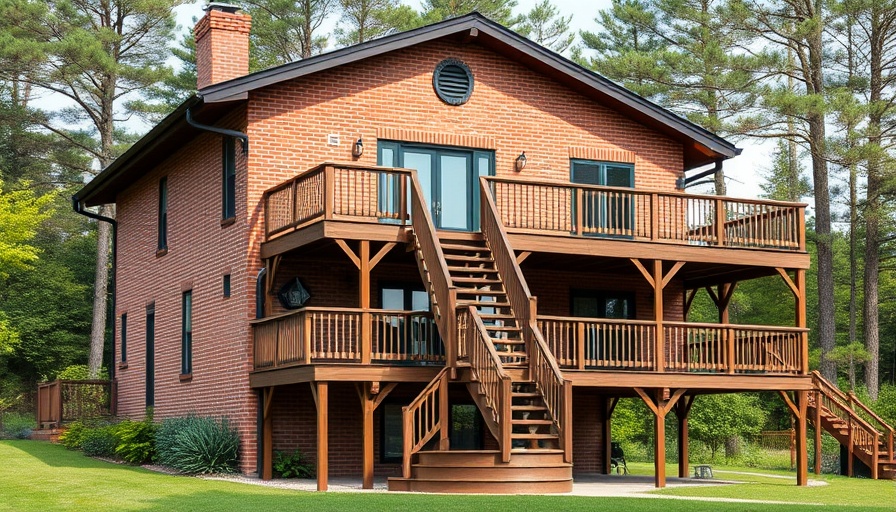
Transform Your Cold Basement Into a Cozy Haven
Is your Brooklyn basement giving you the chills? You're certainly not alone. Stepping onto a cold floor can quickly turn your basement into an uncomfortable place. But fear not! Insulation can be a game changer, making your basement a warm and welcoming space for storage, a workshop, or even an extra living area.
Why Insulating Your Basement Matters
Understanding the importance of insulating your basement is crucial. Insufficient insulation can lead to numerous problems: higher energy bills, uncomfortable living conditions, and potential moisture-related damage. Cold floors not only radiate chilly air throughout your home but also affect the overall comfort. The U.S. Department of Energy estimates that 20-30% of heat loss in a home occurs through the floors. Without proper insulation, you might be wasting money every winter while compromising your indoor comfort.
Selecting the Right Insulation Materials
When it comes to insulating your Brooklyn basement, choosing the right materials is pivotal. Here are the top three materials to consider:
1. Fiberglass Insulation
Fiberglass insulation is widely recognized for its affordability and availability. Its ease of installation coupled with decent thermal performance makes it a popular choice among homeowners. Additionally, fiberglass is resistant to moisture and mold, making it particularly suitable for basement conditions. Although handling fiberglass requires care as improper management can diminish its efficiency.
2. Rigid Foam Board Insulation
Another excellent choice is rigid foam board insulation. This material offers notable insulation benefits and comes in various thicknesses tailored to your specific needs. Especially beneficial for basement walls, rigid foam boards provide high thermal resistance. Their inherent moisture resistance helps prevent mold growth and decay—the very issues that can plague damp basements. While it may come at a higher price point than fiberglass, the long-term effectiveness often justifies the investment.
3. Spray Foam Insulation
If maximum insulation is your goal, spray foam insulation might be your best bet. This solution expands to fill every nook and cranny, creating an airtight seal that enhances thermal performance. Although spray foam can be more costly upfront, the investment pays off through reduced energy costs over time.
Practical Tips for Basement Insulation
To ensure a successful insulation project, consider the following steps:
- Assess Your Space: Before proceeding, evaluate whether your basement is prone to moisture. This will guide your choice of insulation material.
- Seal Air Leaks: Using caulk or weather stripping to seal around doors and windows can greatly enhance effectiveness.
- Consider Basement Ventilation: Make sure your basement is properly ventilated to avoid mold growth while still keeping it warm.
The Future of Basement Spaces
As trends toward more functional living spaces rise, the significance of well-insulated basements is expected to increase. With proper insulation, your basement can transform from a cold and neglected area into a valuable part of your home, whether for relaxation, entertainment, or additional storage.
Common Misconceptions About Basement Insulation
Many homeowners think that any insulation will suffice, but that’s not the case. Each insulation type has its specific strengths and weaknesses. Being informed about the right solutions is key to achieving the best results.
Your Basement Insulation Journey Starts Here
Insulating your basement is not just about comfort; it's about creating a space that adds value to your home and supports sustainable living by reducing energy consumption. Armed with knowledge, you are now ready to take on your basement insulation project. Don’t let cold floors dictate your winters; transform your basement into the cozy haven it deserves to be!
Ready to make your cold basement cozy? Keep an eye on trends and best practices in lighting and insulation upgrades, allowing your space to shine all year round!
 Add Row
Add Row  Add
Add 




Write A Comment